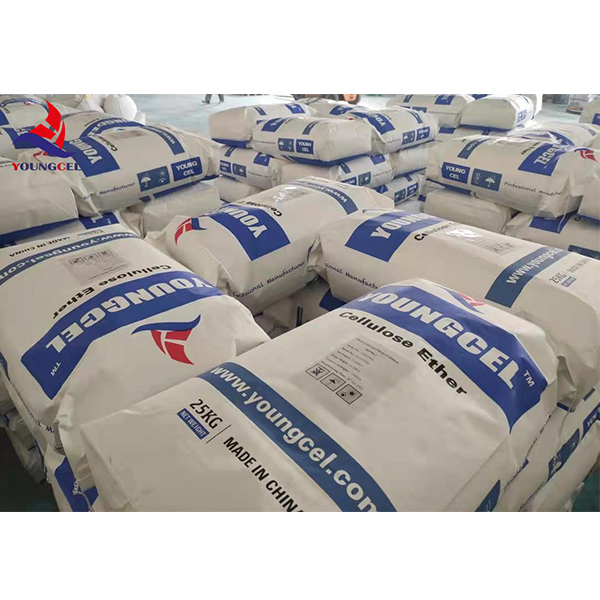The Role of Hydroxypropyl Methylcellulose (HPMC) in Modern Chemistry
Hydroxypropyl methylcellulose (HPMC) is a versatile, non-ionic cellulose ether that has garnered significant attention in various industries, particularly in the fields of pharmaceuticals, food, and construction. This polymer is derived from natural cellulose through a series of chemical processes that introduce hydroxypropyl and methyl groups into the cellulose structure. The unique properties imparted by these modifications make HPMC an essential ingredient in many formulations, offering functional benefits such as thickening, stabilizing, and emulsifying.
Chemical Structure and Properties
HPMC consists of a linear chain of glucose units linked by β(1→4) glycosidic bonds, similar to cellulose. However, the hydroxyl groups on the glucose units can be substituted with both hydroxypropyl and methyl groups. The ratio of these substitutions can be adjusted to manipulate the solubility and viscosity of HPMC, making it highly customizable for specific applications. HPMC is available in various grades, depending on the degree of substitution and the molecular weight, which determines its properties such as water solubility, gel-forming ability, and thermal stability.
One of the most significant advantages of HPMC is its ability to dissolve in cold water, forming a clear, viscous solution. This characteristic, along with its thermal stability, makes it an ideal candidate for use in formulations that require a gelling agent that remains stable under heat-processing conditions.
Applications in Pharmaceuticals
In the pharmaceutical industry, HPMC plays a crucial role in drug formulation and delivery systems. Its gel-forming ability allows for the creation of controlled-release drug formulations, where HPMC acts as a matrix that regulates the release rate of active pharmaceutical ingredients (APIs). This is particularly beneficial for drugs that require a sustained release over an extended period, improving patient compliance and therapeutic efficacy.
Furthermore, HPMC is widely used in the production of capsules and tablets. It acts as a binder that improves the mechanical strength of tablets and enhances the cohesion of powdered ingredients, ensuring uniformity in dosage. Its role as a film-forming agent is also vital in the production of coated tablets, which protect the drug from environmental factors and mask unpleasant tastes.
chemic cellulos hpmc hydroxypropyl methyl

Applications in Food and Nutrition
In the food industry, HPMC is recognized for its thickening and stabilizing properties. It is commonly used in sauces, dressings, and baked goods to improve texture and mouthfeel. Its ability to create a stable emulsion allows for the incorporation of oil and water-based ingredients, essential in creating homogenous products.
HPMC is often used in gluten-free formulations as a binding agent, enhancing the structure and texture of baked goods that would otherwise lack gluten's elasticity. Moreover, it is considered safe for consumption, making it a popular choice among food manufacturers seeking to cater to health-conscious consumers.
Applications in Construction
Beyond pharmaceuticals and food, HPMC finds its place in the construction industry, specifically in cement-based products such as mortars, plasters, and tile adhesives. Its water-retaining properties enhance workability and prolong the open time of these materials, allowing for better adhesion and reduced cracking during the drying process. HPMC's thickening abilities prevent segregation of components in bagged mortar formulations, ensuring consistent performance in construction applications.
Conclusion
In summary, hydroxypropyl methylcellulose (HPMC) is a multifaceted compound with a range of applications spanning various industries. Its unique chemical structure allows for extensive customization, translating into functional benefits that meet the needs of modern formulations. As industries continue to demand high-performance materials, HPMC is likely to maintain its relevance, ensuring that innovation in pharmaceuticals, food, and construction continues to advance. Whether as a thickener, stabilizer, or binding agent, HPMC is a testament to the remarkable versatility of cellulose derivatives in contemporary chemistry.
-
Rdp Powder: Key Considerations for Wholesalers in the Building Materials IndustryNewsJul.08,2025
-
Key Considerations for Wholesalers: Navigating the World of Hpmc - Based ProductsNewsJul.08,2025
-
Hpmc Detergent: Key Considerations for WholesalersNewsJul.08,2025
-
Key Considerations for Wholesalers: China Hpmc For Tile Adhesive, Coating Additives, Concrete Additives, and MoreNewsJul.08,2025
-
Crucial Considerations for Wholesalers: Navigating the World of Construction MaterialsNewsJul.08,2025
-
Key Considerations for Wholesalers Sourcing Additive For Cement, Additive For Concrete, Additive For Putty from Additive Manufacturer Shijiazhuang Gaocheng District Yongfeng Cellulose Co., Ltd.NewsJul.08,2025




